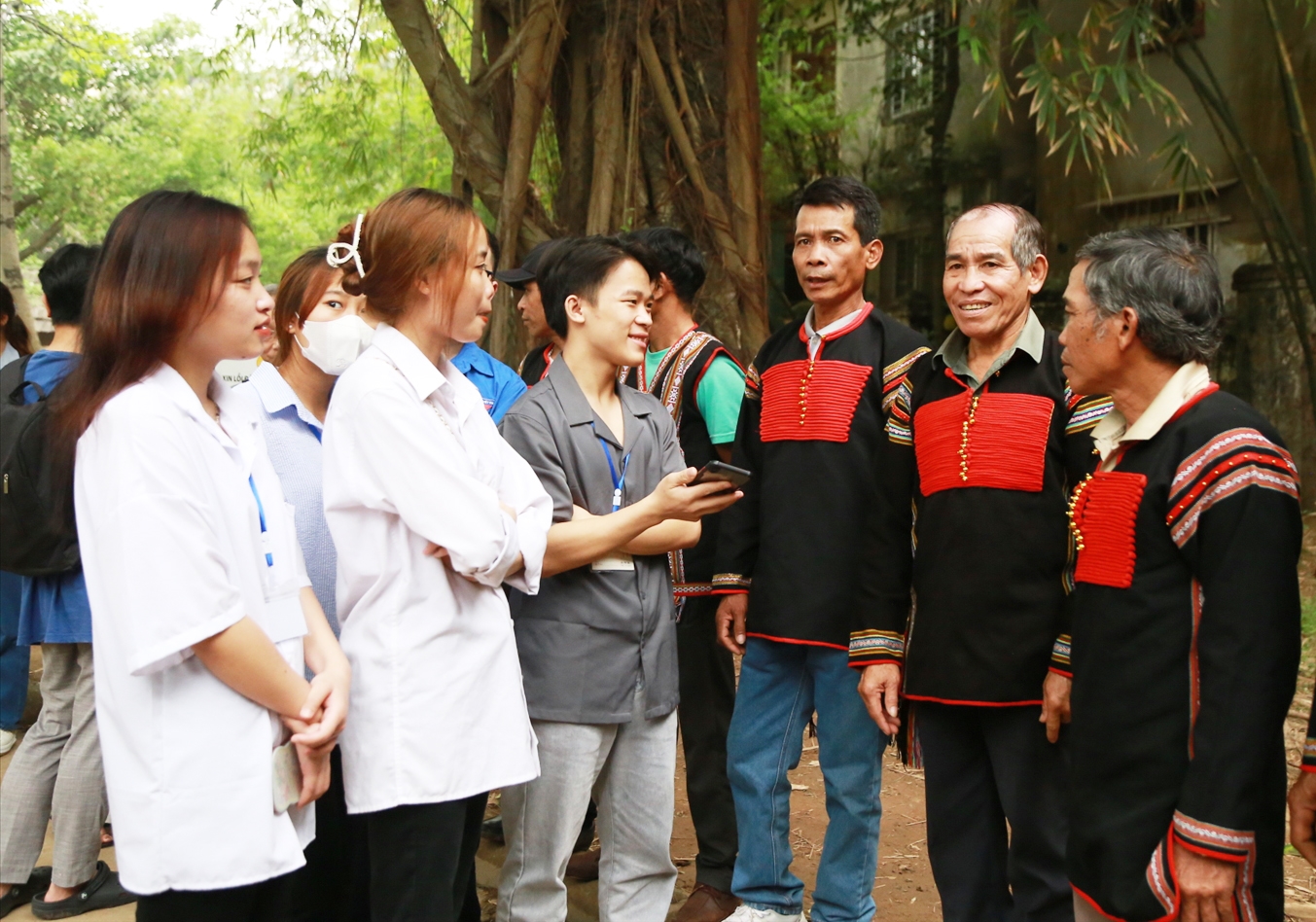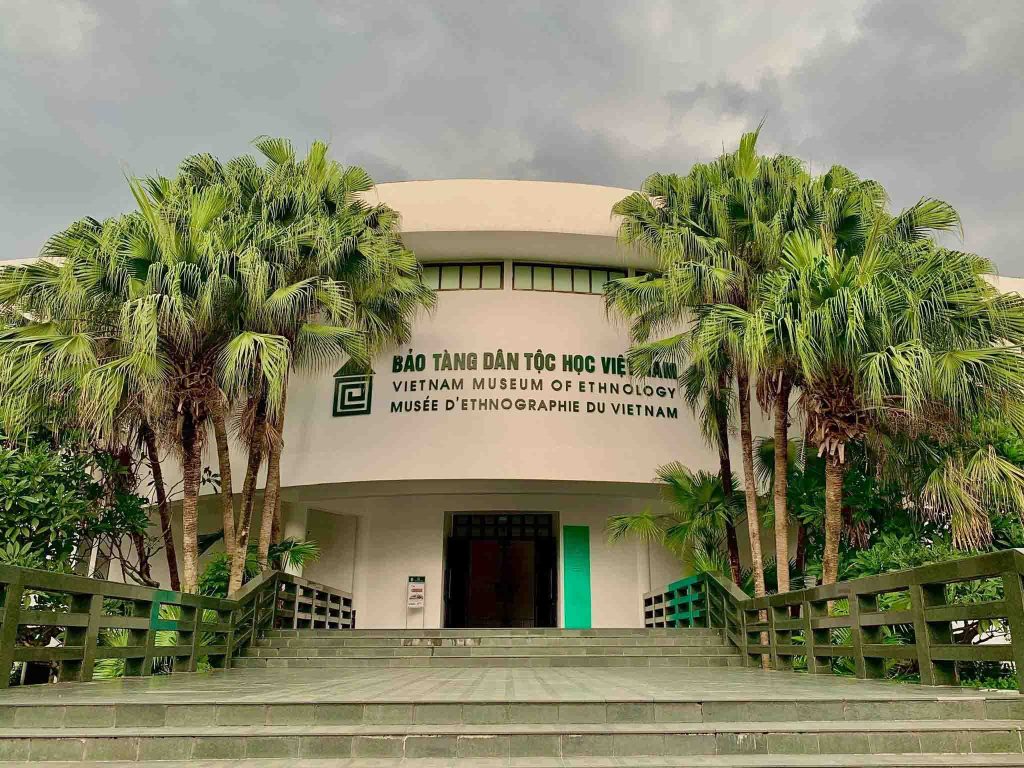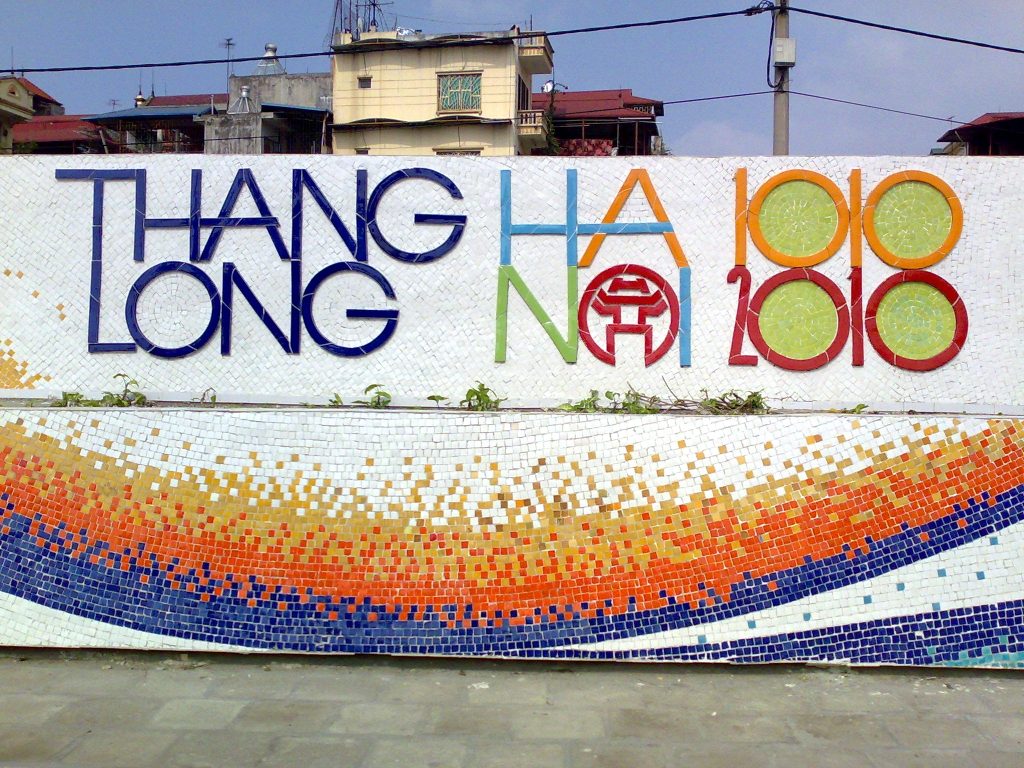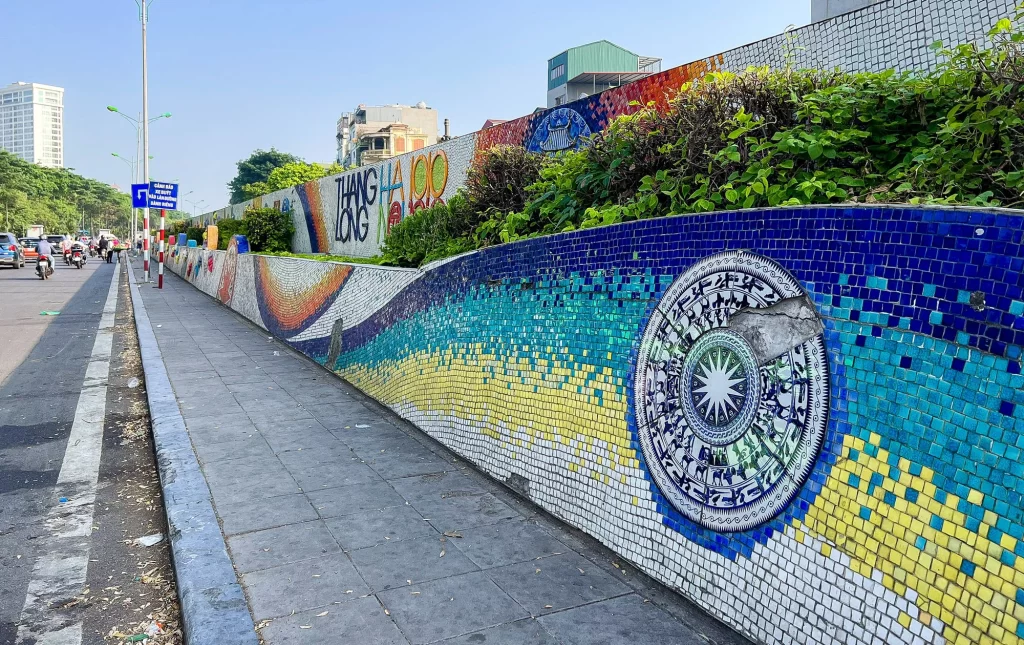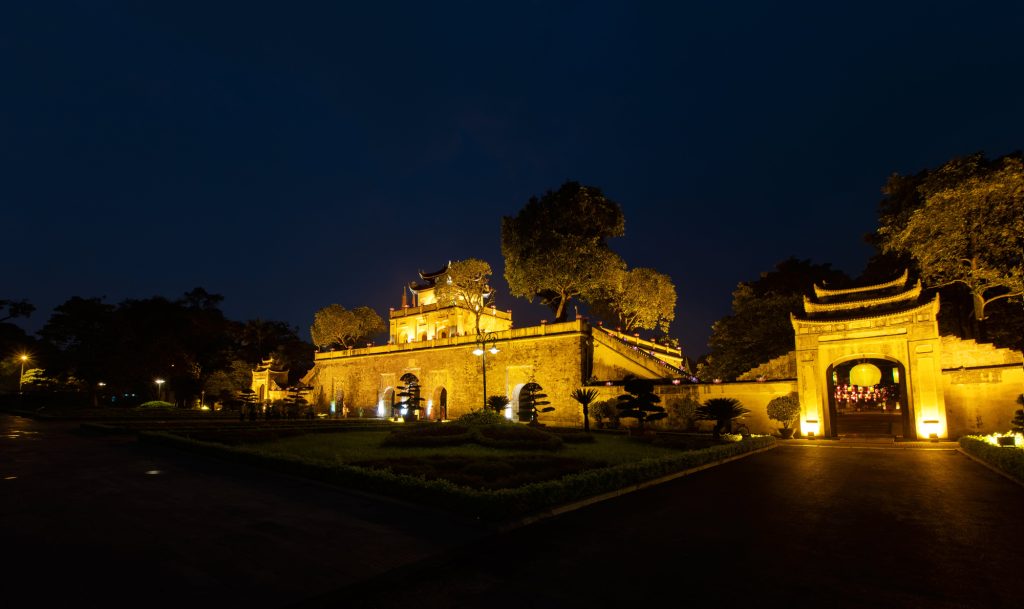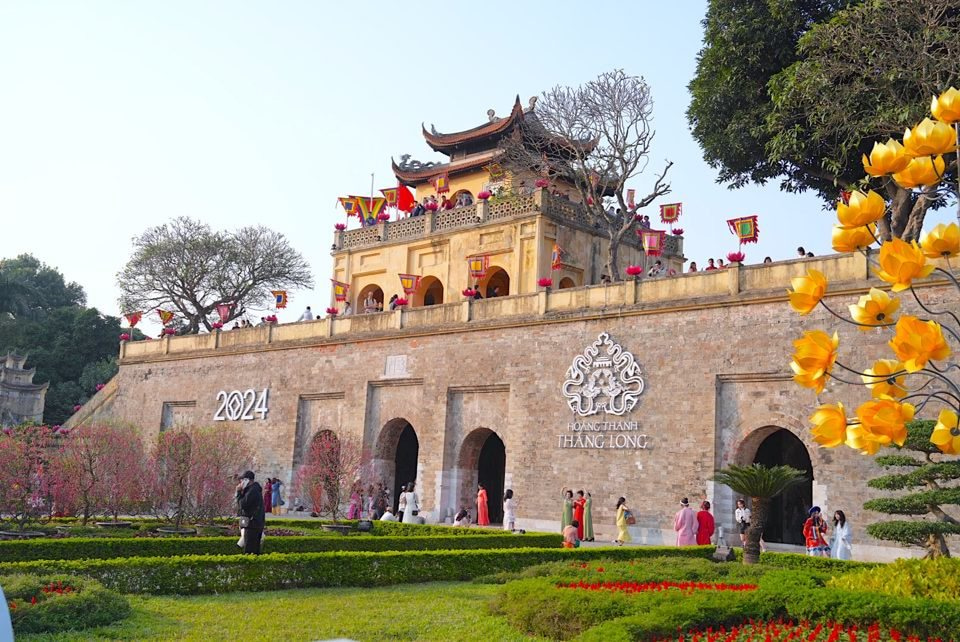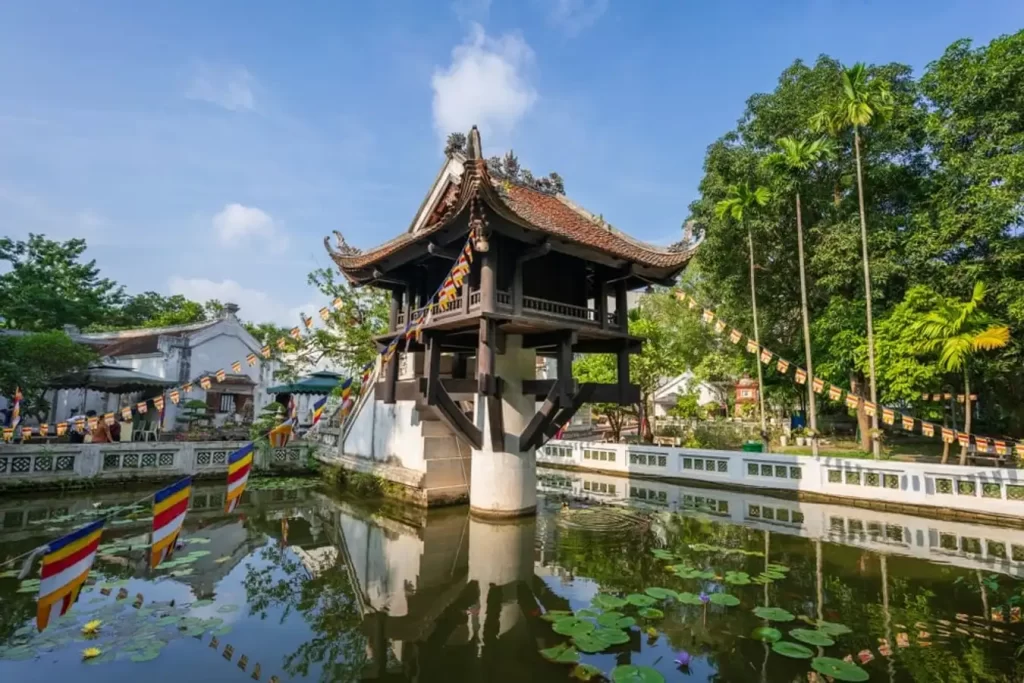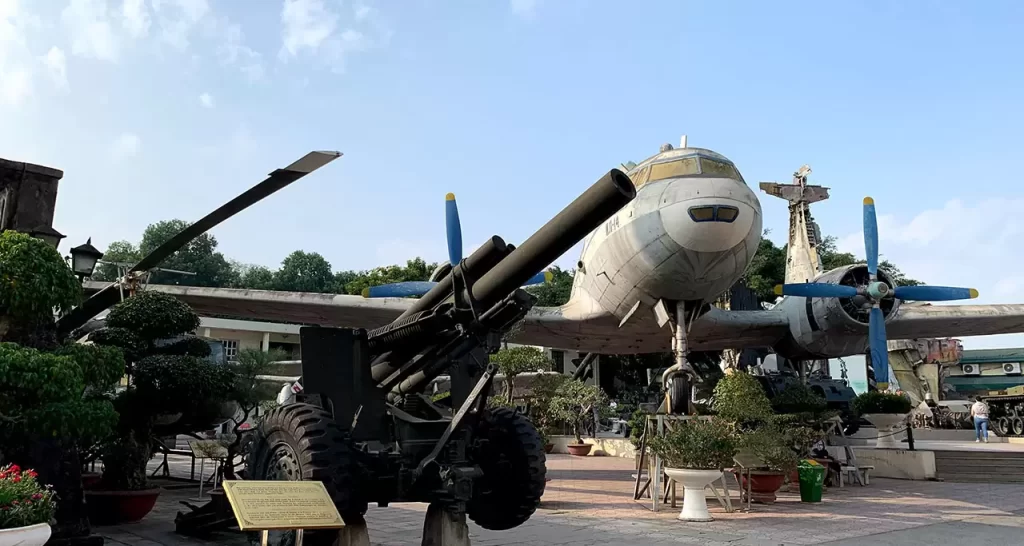Experiencing Vietnam's Rich Ethnic Diversity at the Vietnam Museum of Ethnology
Embarking on a journey through the Vietnam Museum of Ethnology, visitors are gifted with an in-depth perspective of the diverse and colorful mosaic that is Vietnam's ethnic culture. Strategically situated in Hanoi, this premier museum serves as a pivotal point for understanding the complexities and richness of the nation's heritage.
Location: Nguyen Van Huyen Street, Quan Hoa, Cau Giay, Hanoi, Vietnam (click here to open google map)
Introduction to Vietnam Museum of Ethnology
Located right in the heart of Hanoi, the Old Quarter offers a myriad of transportation options for easy access. You can hop on a bus to either Hoan Kiem Lake, approximately 1.8km away (bus routes: 36, 09, 14), or to the Quan Chuong Gate, just 2km from the Old Quarter (bus routes: 03, 14, 18, 34). Traveling by bus allows you the convenience of exploring the Old Quarter without worrying about parking, although expect to do some walking upon arrival.
Opened in 1997, the museum is a place to store and display artifacts, costumes, working tools and folk arts of ethnic groups throughout Vietnam. Divided into two main display areas: indoor and outdoor, the museum provides a comprehensive view of the lives and cultures of ethnic minorities. The museum is 4.5 hectares wide, includes many new architectural works and is likened to a miniature picture of 54 ethnic groups in Vietnam. Many artifacts are displayed here such as jewelry, costumes, weapons, religion, musical instruments, beliefs...
The museum is open from 8:30 a.m. to 5:30 p.m. daily, except Mondays. With a one-day tour, visitors can fully explore the display areas and participate in cultural activities taking place here. Entrance ticket prices are very reasonable and there are incentives for pupils, students and the elderly.

Experience the rich ethnic diversity at the Vietnam Museum of Ethnology.
1. Indoor Display Area
The indoor display area of the Vietnam Museum of Ethnology is the center of attraction for visitors thanks to the richness and diversity of its collection of artifacts. This is a place to introduce the culture and history of 54 ethnic groups throughout Vietnam, from large ethnic groups such as Kinh, Tay, Thai, Khmer, H'Mong, to minority ethnic groups such as Ede. , Ba Na, and San Chay.

Diverse Display
As soon as entering the display area, visitors will be greeted by traditional works of art, from costumes to musical instruments, from ceramics to handicraft items. Each artifact carries its own story, telling about the lives, customs, and community spirit of the ethnic groups.
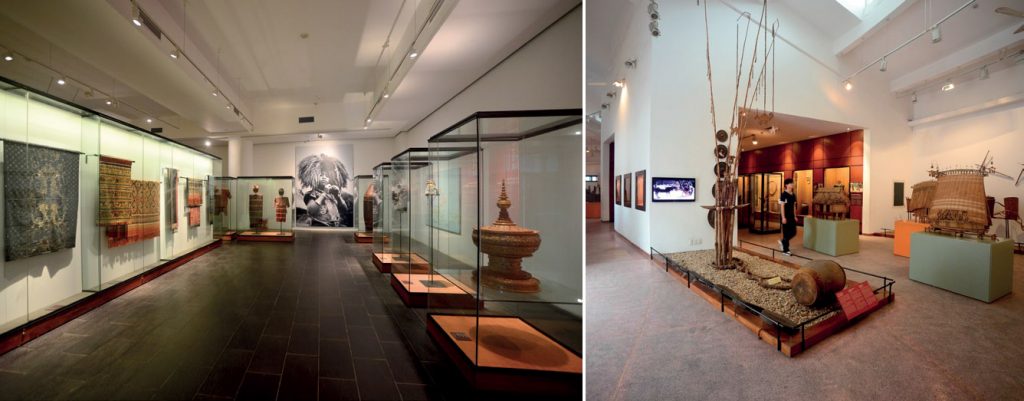
Traditional Costume Room
Prominent among the galleries is the Traditional Costume Room, which displays complete and detailed traditional costumes of 54 Vietnamese ethnic groups. Each costume is not only an exquisite work of craftsmanship but also reflects the customs, beliefs and aesthetic principles of each nation.

Traditional Musical Instruments Room
The Traditional Musical Instruments Room is a place to store and introduce a series of typical musical instruments of Vietnam's ethnic groups, from Central Highlands gongs to monochords and zithers. Visitors have the opportunity to not only see but also try and feel traditional music through lively music.
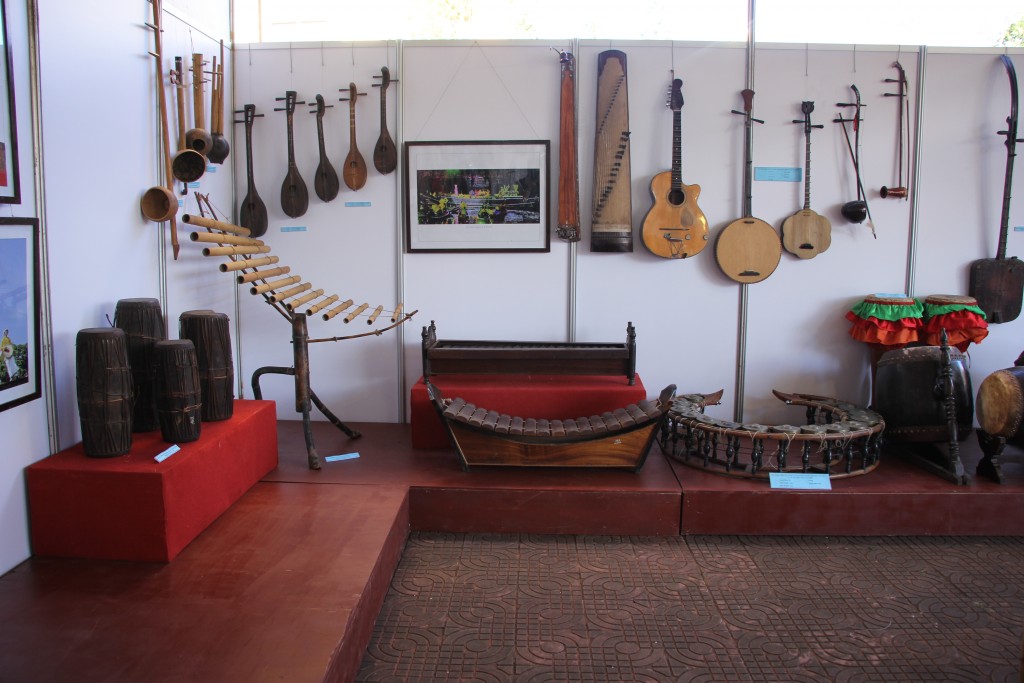
Daily objects and working tools are authentically displayed in the Household Appliances and Labor Tools Room, providing a comprehensive view of the daily life and production of Vietnamese people from agriculture to handicrafts.
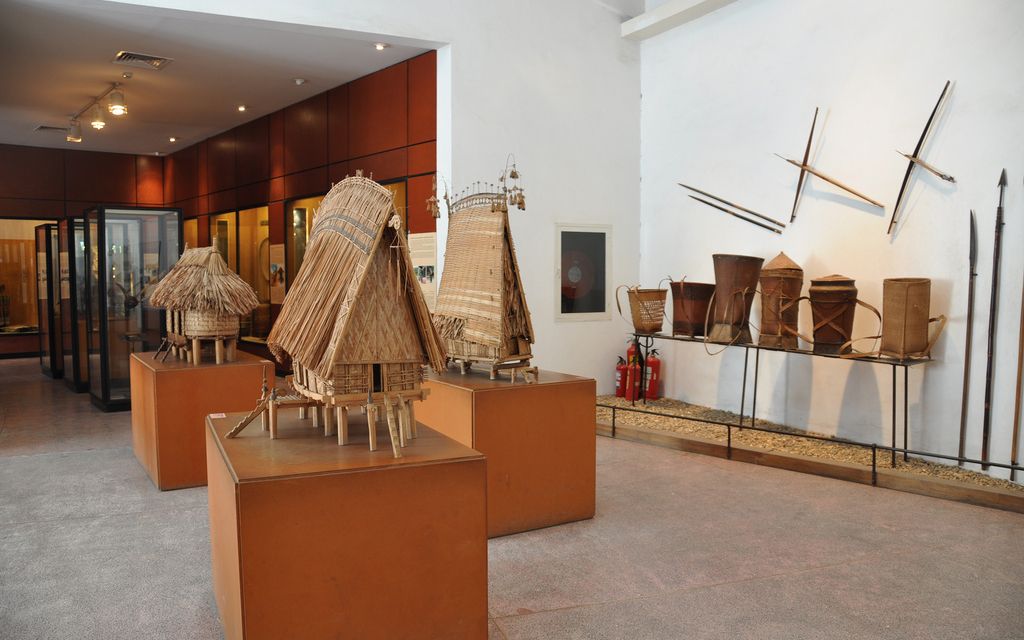
Room of Rites and Beliefs
This room recreates the unique customs, rituals, and beliefs of ethnic groups. From welcoming rituals and marriages to notions of the afterlife, the gallery delves into the spirituality and outlook on life of peoples.
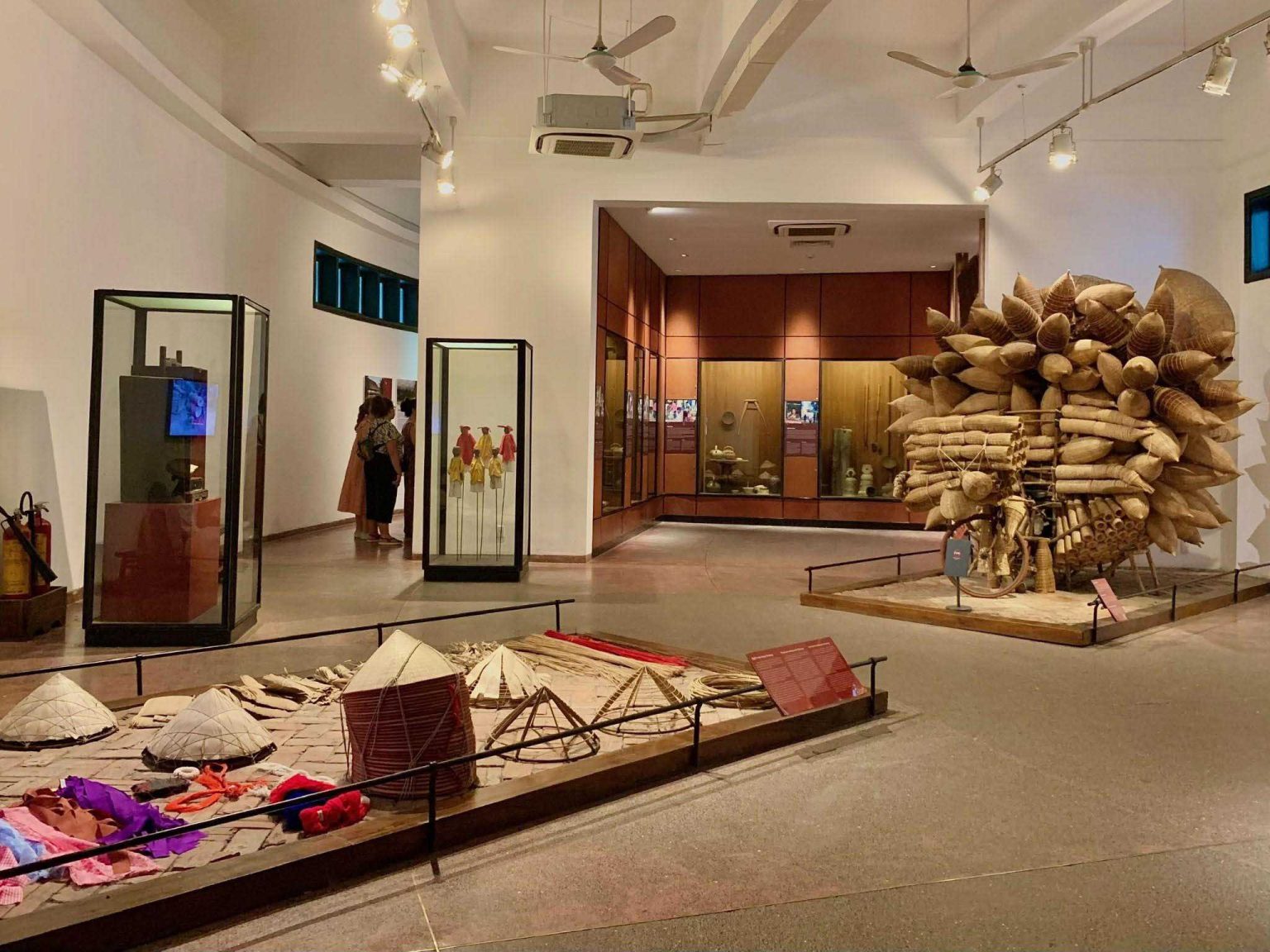
Connecting Through Culture
The indoor exhibition area of the Vietnam Museum of Ethnology is not only a space to preserve cultural heritage but also a place to connect and inspire. Each artifact, each corner of the display opens the door to understanding and deeply appreciating Vietnamese cultural identity.
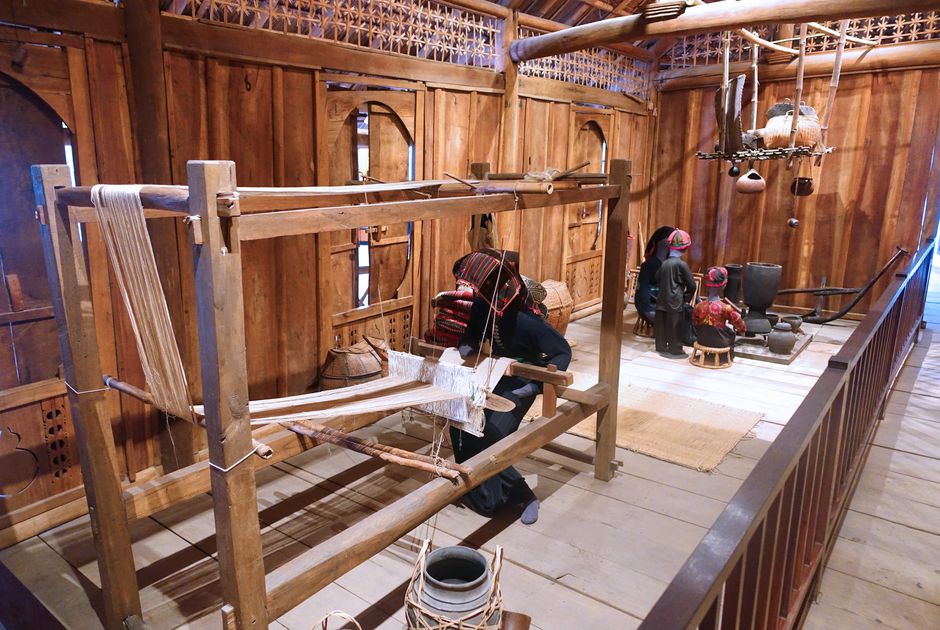
2. Outdoor Display Area
The Outdoor Display Area at the Vietnam Museum of Ethnology is an expansive space that offers unique opportunities to explore the culture and architecture of ethnic minorities. in Vietnam through traditional houses built meticulously and accurately to every detail.
This area introduces typical architectural works from many regions of Vietnam, including stilt houses, Rong houses, Long houses of the Ede people, and the wall houses of the H'Mong people. Each house not only reflects unique construction and design techniques but also recounts the distinct way of living, customs and culture of each ethnic group.

Visitors can walk through the houses, see daily objects, working tools and decorations, thereby gaining insight into the lives of ethnic communities. This is a valuable experience, helping to expand understanding of the diversity and richness of Vietnamese culture.

Besides sightseeing, the outdoor exhibition area also organizes interactive activities, such as folk music and dance performances, arts and crafts workshops and traditional festivals, helping visitors to participate and feel more fully recognize the culture of the peoples.
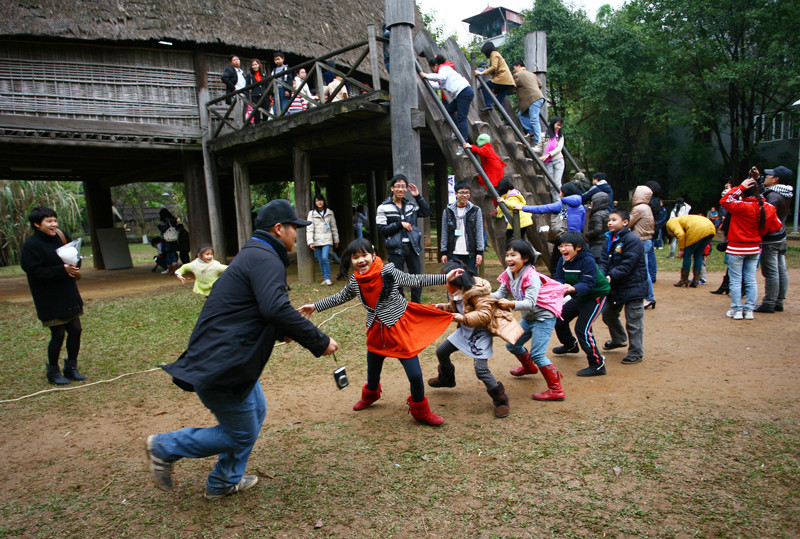
The outdoor exhibition area is also a precious green space in the heart of Hanoi with carefully preserved and cared for natural landscape. This not only contributes to creating a comfortable and pleasant visiting environment, but also reflects the museum's commitment to environmental protection and sustainable development.
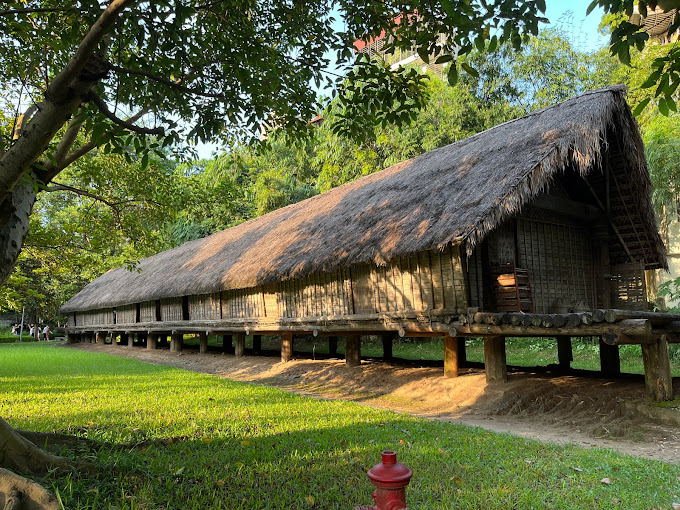
The Outdoor Exhibition Area is not only an educational space, but also a bridge between the past and present, between traditional culture and the development process of society, thereby honoring and preserving cultural heritage. culture of the Vietnamese peoples. Finally, visiting the Outdoor Exhibition Area at the Vietnam Museum of Ethnology is not just a sightseeing trip, but a profound, interesting and educational journey, opening up new perspectives on the richness of nature. Vietnamese culture.
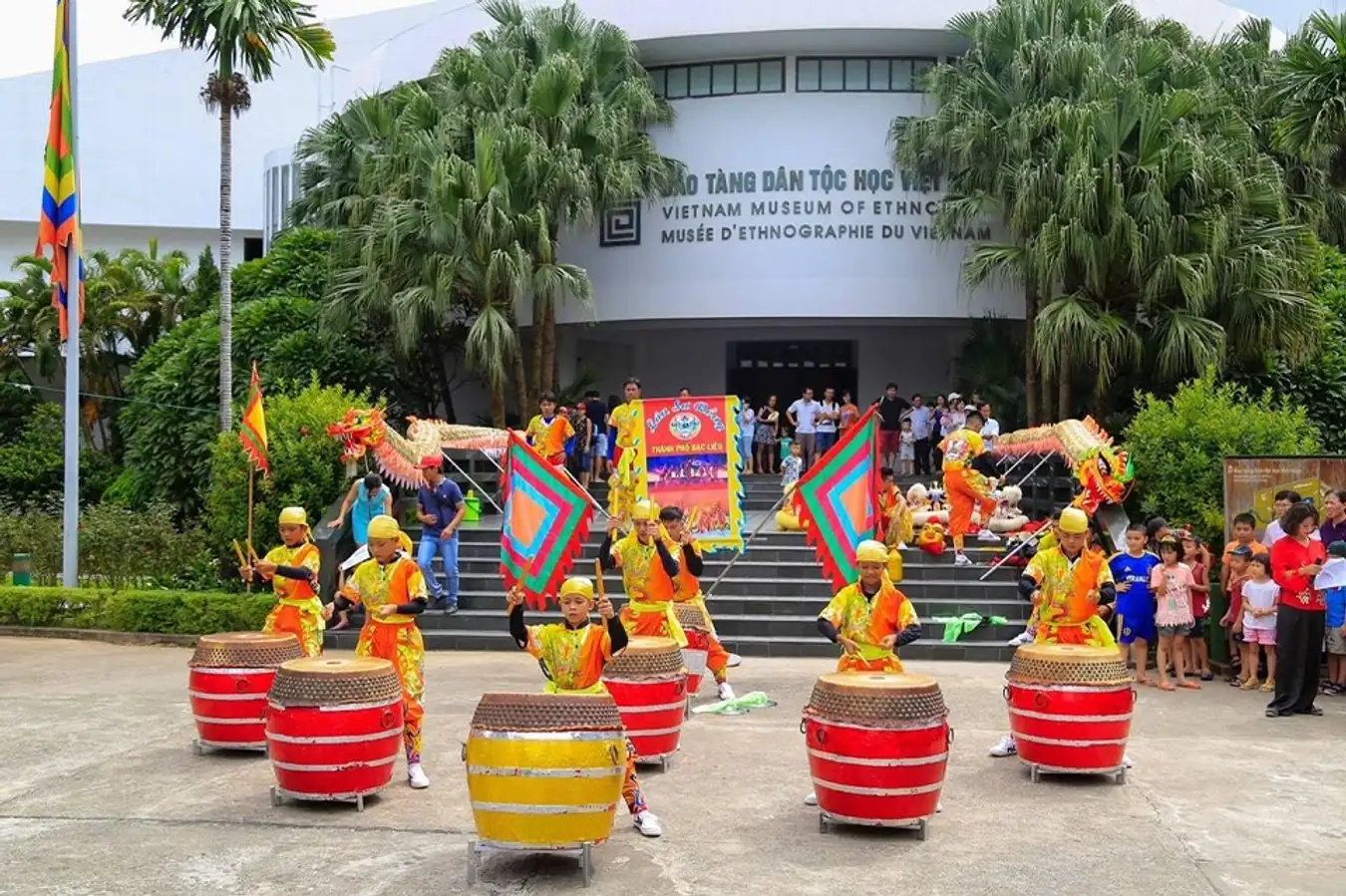
3. Unique Cultural Experiences
The Vietnam Museum of Ethnology is not only a display space, but also a lively stage where visitors can deeply experience Vietnam's diverse culture through a series of interactive and interactive activities. unique cultural performance. Experience Traditional Music and Dance One of the special highlights at the Museum is the opportunity to enjoy traditional music and dances of ethnic groups. Performances are often held on weekends or during special events, bringing not only joy but also deep understanding of Vietnamese folk art.
Get Familiar with Traditional Festivals
The museum is also a place to recreate traditional festivals, allowing visitors to witness and participate in colorful and meaningful rituals. Nowadays, festivals such as Lunar New Year, Spring Festival, or harvest festivals are not only entertaining but also educate and honor national culture.
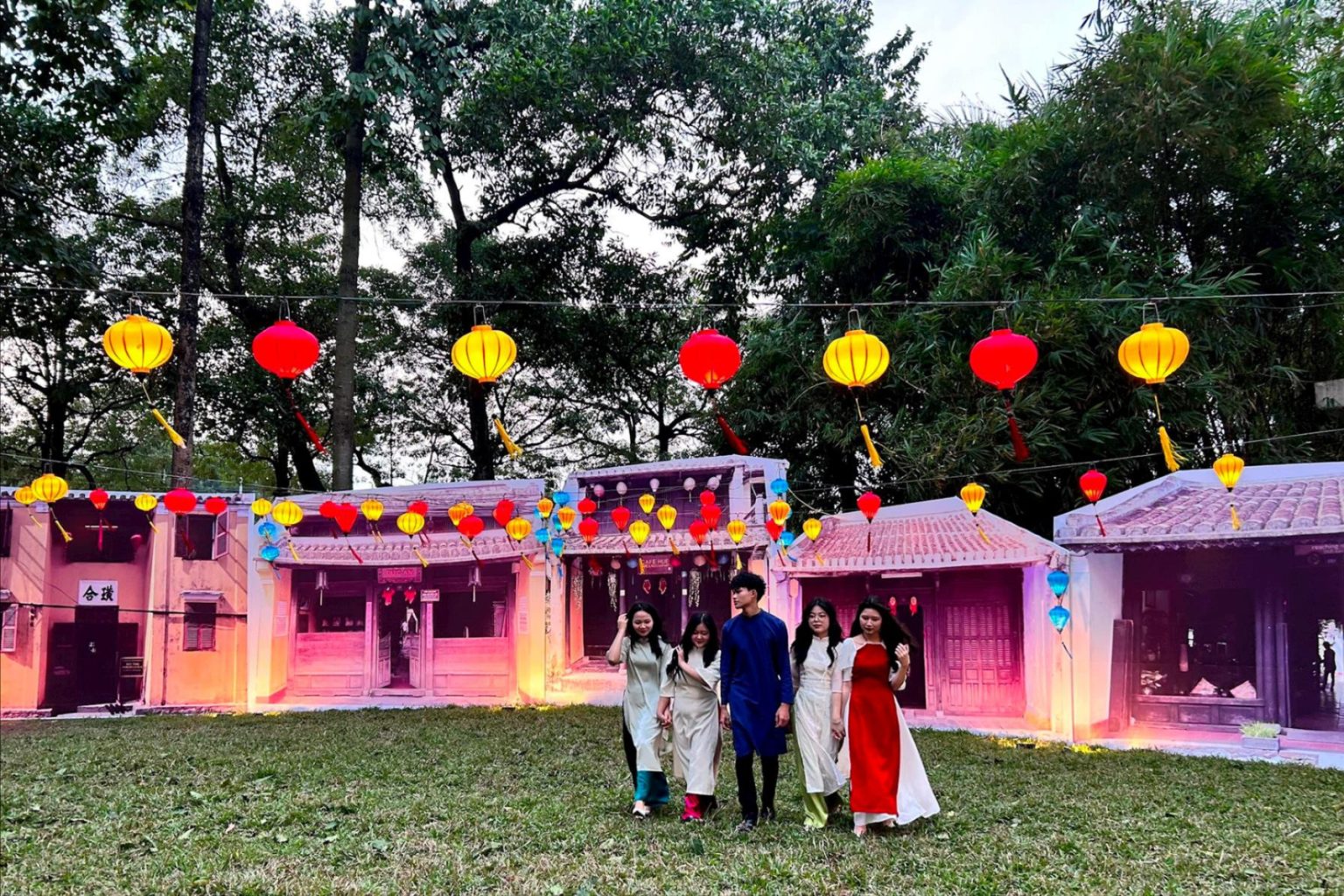
Cultural Exchange
The Vietnam Museum of Ethnology is also a place for meeting and exchange between cultures, attracting tourists from all over the world. This diversity facilitates exchange and mutual learning between cultures, enriching each person's experience when visiting.
Every experience at the Vietnam Museum of Ethnology is not only an opportunity to enjoy Vietnamese culture through the eyes of artists, craftsmen and performers, but also broadens perspective and understanding. about how communities and individuals in Vietnam preserve and promote their cultural heritage.
